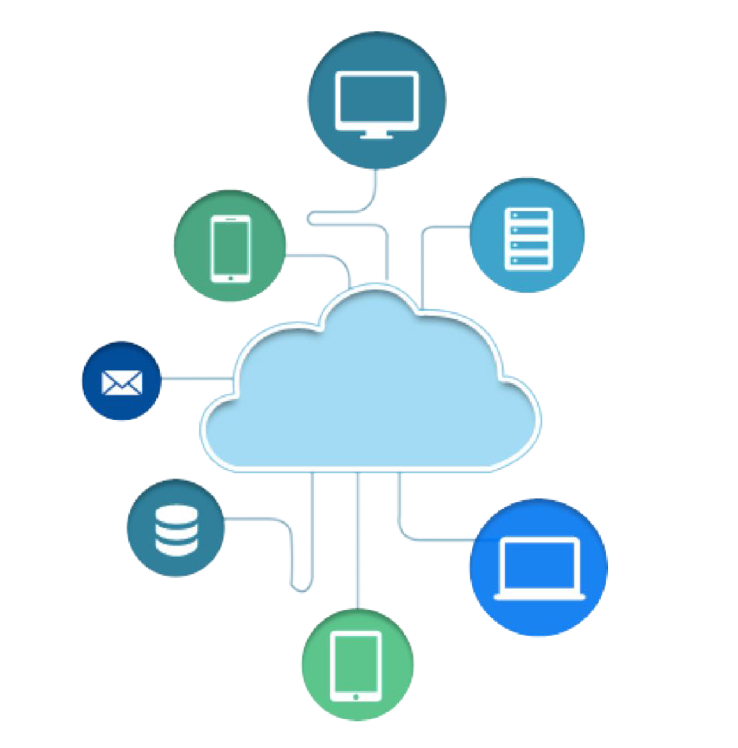When most people hear “the cloud” they envision something up in the air … in the sky. Cloud technology is up, but not in the sky as we think. There are multiple cloud service partners (CSPs): AWS – Amazon Web Services, Microsoft Azure, Google Cloud Platform and more. They manage the data centers that house large scale servers to store your data “on the cloud”. In this environment, CSPs can provide Software as a Service (SaaS), Infrastructure as a Service (IaaS) and Platform as a Service (PasS). The CSPs have server farms (thousands of computer servers working together with backup servers) throughout the world.
Businesses that manage their data on a server in their office are referred to as having an “on-premise“ server. If the company uses a CSP to manage, store and secure their data, it would be “on the cloud”. On-premise servers require the owner to manage, maintain, monitor and secure their own data. The storage of that data is limited to the capacity of the server in gigabytes. The more computing resources and processes you have in your business, the more storage and capacity you will need on your server. Like all computing technology, it is more expensive to acquire large capacity (storage) with on-premise servers. Large capacity on-premise servers also require additional physical costs such as cooling, fire protection and security.
Most companies want to transition to the cloud, but are not sure how to start the process and manage it. The first step is to engage a technology consultant to examine your technology infrastructure by analyzing your computer network equipment, devices, servers, resources, processes and security. Thereafter, the consultant will recommend a performance management plan that will explore the best cloud technology infrastructure for your business: hybrid cloud or full cloud execution.
If you are operating on a smaller scale, it may be recommended for you to keep your on-premise server for some processes and data and move others on the cloud. Emerging companies require large amounts of computing resources, which can be accessed more easily and at a lower cost with Cloud technology. Most CSPs have a pay-as-you-go model, which means as you transition from your on-premise server to a cloud-based solution, you only pay for resources based on the load changes required for your business.
Should your business transition to the cloud? If your business commands more server capacity, requires network access across a range of devices and need remote connectivity from anywhere with an internet connection, the answer is yes. With Cloud technology you can scale your resources up or down, add applications, monitor devices and enhance your security in a robust hyper-scaled environment.
Ask The Techs – Red Hinge www.redhinge.com

